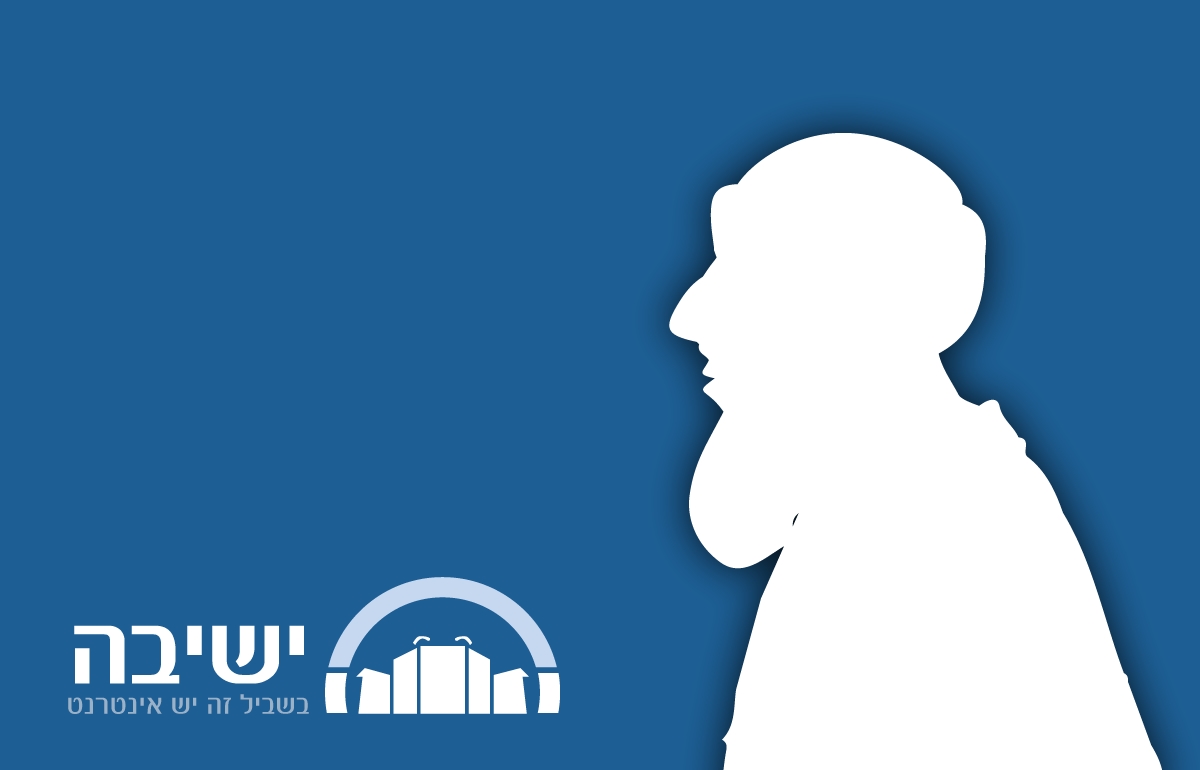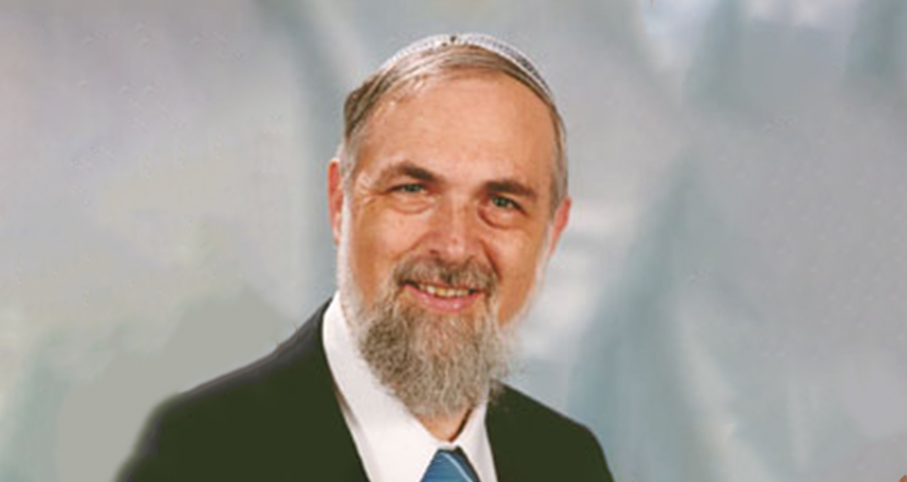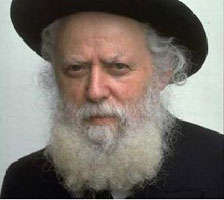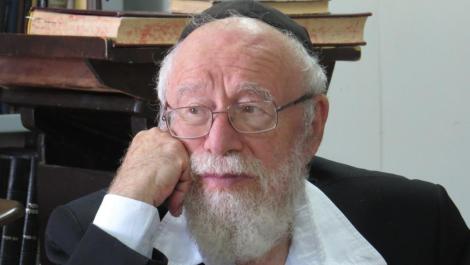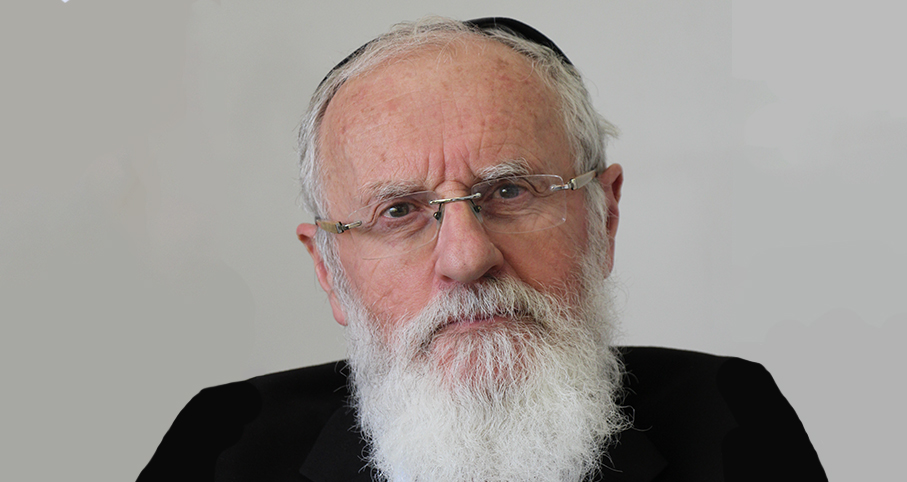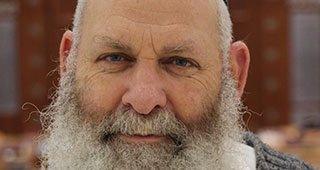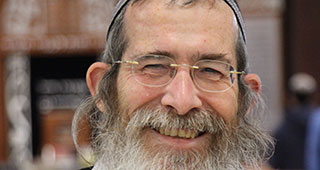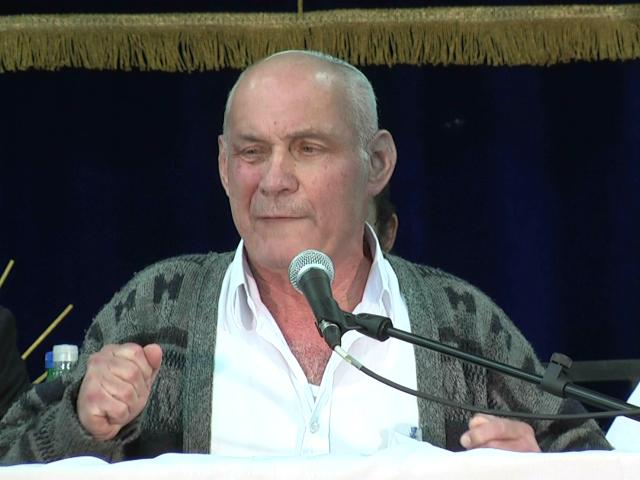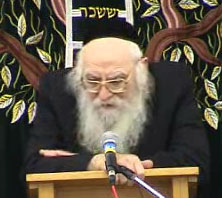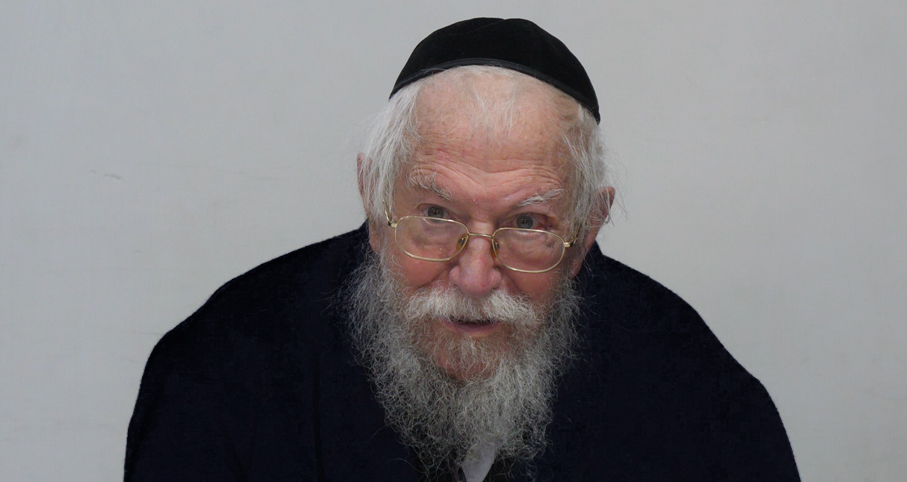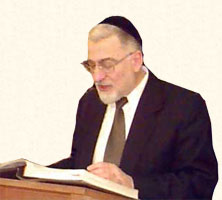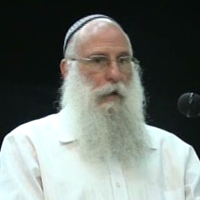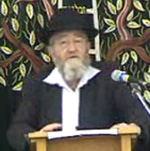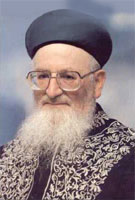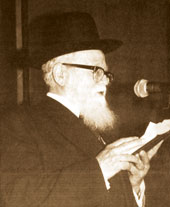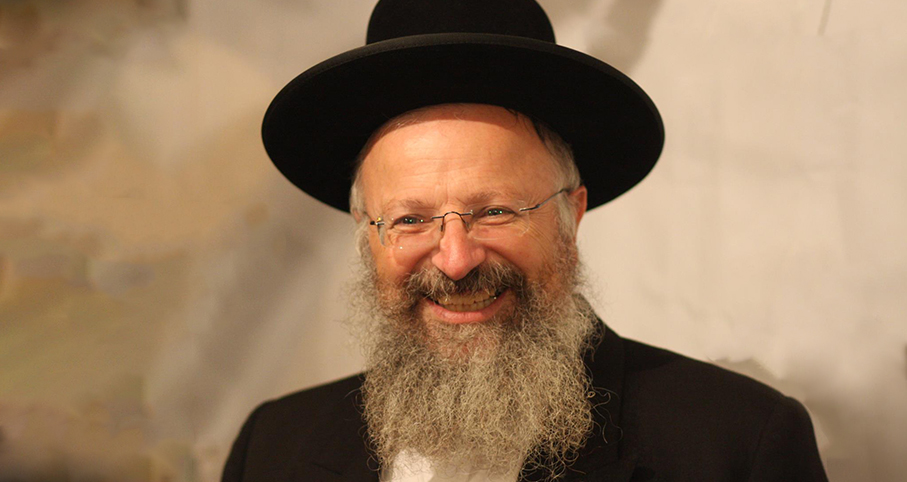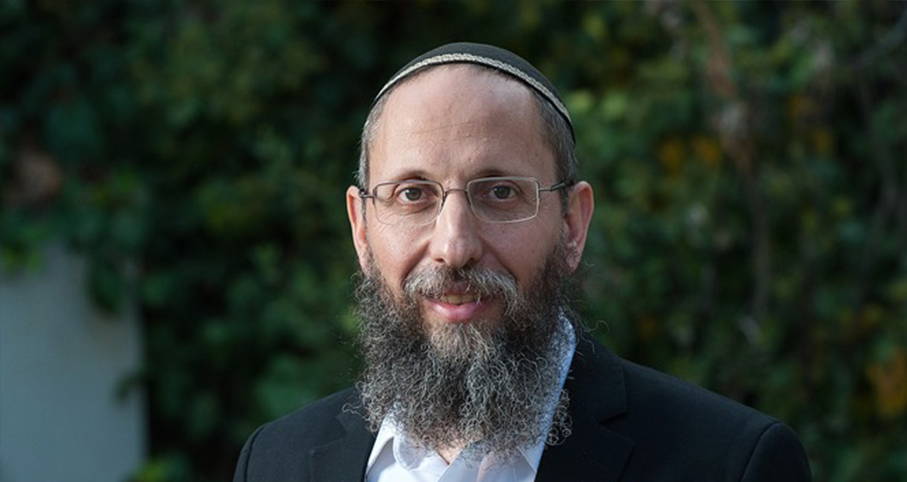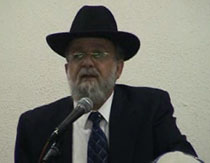Beit Midrash
- Torah Portion and Tanach
- Vayikra
- Vayikra
The first קרבן that God details to Moshe is the עולה. If one brings this קרבן from cattle, the animal must be a male without any blemish. It is brought to the entrance of אוהל מועד, where one declares his intention to bring the animal as a קרבן.
Contrary to common belief, the names given to each of the קרבנות reflect the purpose of the particular קרבן, not the method or procedure involved in offering it to God. Many commentators erroneously suggest that the עולה קרבן is so called because it is a burnt offering which is consumed completely. However, the name should be understood following the principle of "purpose, not procedure".
The word עולה is from the root ע-ל-ה "to rise up." The קרבן is the mechanism by which a person can elevate himself.
How then can we explain the word עולה? The answer lies in the Torah’s use of directional terms. Hebrew words indicating direction express more than motion, they describe physical and ethical development. Examples of motion plus: שאול (downward) implies death, descent into the grave and deterioration, אושר (forward) denotes progress, עליה (upward) means spirituality and closeness to God.
A person who brings a קרבן עולה seeks to prevent repetition of past mistakes by reaching upward to that moral perfection that is God.
The word שאול is from the root ש-א-ל "to demand," usually relating to something to be returned. The root is also used to designate a grave that "demands the return of a lifeless body." The word אושר is from the root א-ש-ר "to progress."
The קרבן עולה must be a living animal or fowl. It must be complete, without blemish (תמים), and must be a male (זכר).
Each of these specific requirements has a symbolic meaning. The animal needs to be male and unblemished to represent the power and completeness that is necessary when turning to God and becoming close to Him.
The word תמים is from the root ת-מ-ם "to be complete" requiring nothing more. The word זכר is from the root ז-כ-ר "to remember." The male member of the family is the bearer of tradition.
Furthermore, the specific animal that is chosen reflects the character of the individual bringing it. In this verse, the Torah mentions cattle, an animal that performs difficult physical toil. In subsequent verses, the Torah mentions the sheep, an animal that requires care and herding. Together, cattle and sheep represent the labors and the condition of man.
When a person seeks to improve himself, to reach upward to God, he must evaluate which area of his life needs improvement. If he feels that he has been remiss in performing work that was expected of him, he will bring cattle as his קרבן. If, on the other hand, he feels that his shortcomings relate to God, his Shepherd, he will bring a sheep.
The קרבן עולה, then, is the reflection of both the current status of a person and his future relationship with God.
Copyright © 2014, Matityahu Clark. All Rights Reserved. This is an excerpt from the forthcoming Hirsch At Your Table, a collection of brief divrei torah based on R. Samson Raphael Hirsch’s Torah Commentary.
